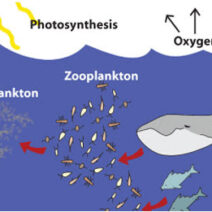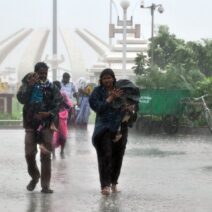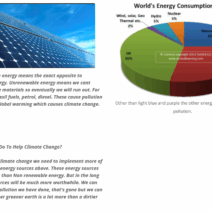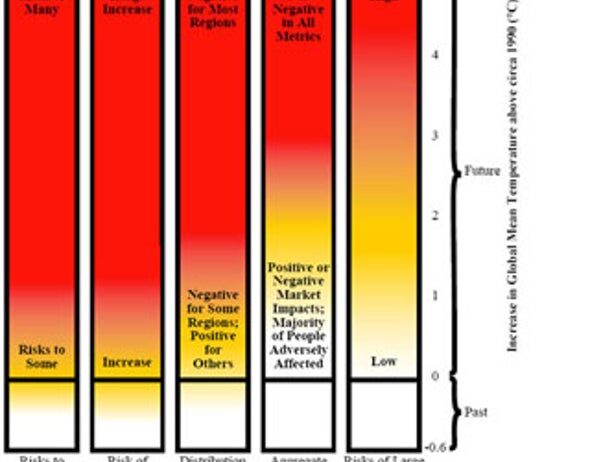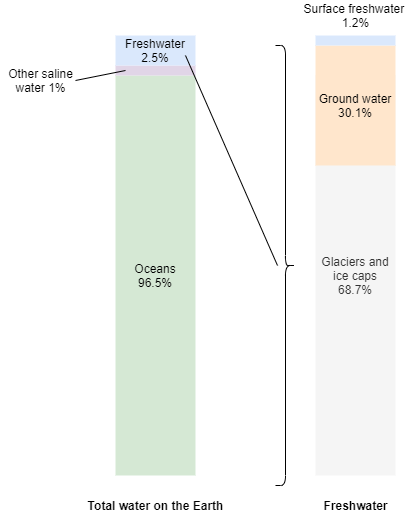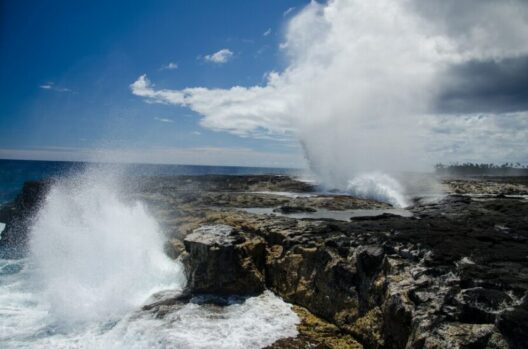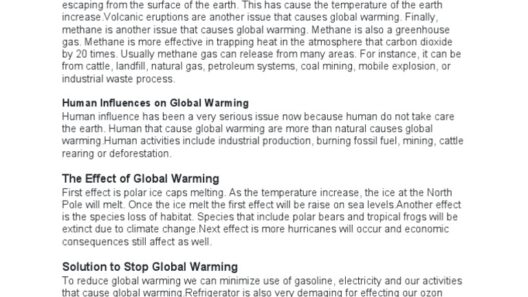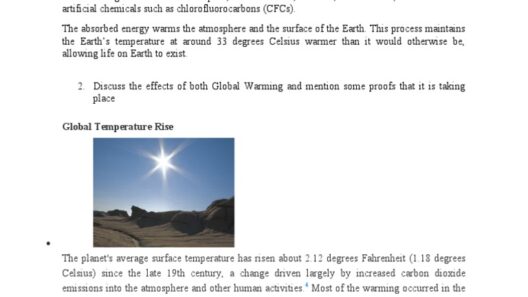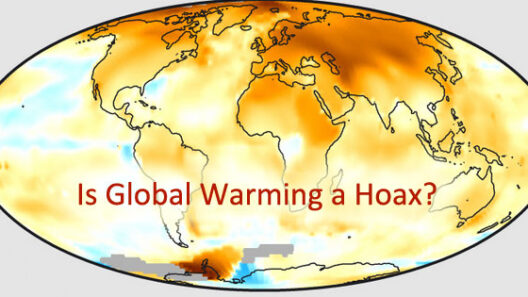As we meander through the fabric of time, an ominous thread emerges—global warming. The incremental rise in Earth’s temperature affects every facet of our existence, serving as both a harbinger and a sobering reality check. The consequences are not mere footnotes in a scientific ledger; they rework the very essence of life as we know it.
We stand at a critical juncture, where each moment feels like a tenuous balance on a tightrope stretched over the abyss of an uncertain future. Below, swirling currents tug at the edges of our civilization, a reminder that the actions we take—or neglect to take—will dictate not just our fate, but that of future generations.
Let us delve into the profound ramifications of climate change, where warmth evolves into a formidable adversary.
The Shifting Climate: An Ecological Tapestry Unraveling
As global temperatures ascend, they weave a disturbing narrative within ecosystems globally. These intricate webs, previously vibrant and interdependent, now fray. Biodiversity, a cornerstone of ecological resilience, faces an unprecedented onslaught. Species once flourishing are now on the brink of extinction, unable to acclimatize to the rapid change.
Consider the coral reefs—nature’s underwater cities, resplendent in color and teeming with life. Rising temperatures induce coral bleaching, a phenomenon wherein corals expel the symbiotic algae they rely on for sustenance. This not only leads to stark, ghostly reefs but also collapses entire marine ecosystems, as loss of habitat results in diminished fish populations. The reverberations from such losses extend far beyond the marine realm—fishing industries, coastal economies, and cultural identities face the fallout.
With climate change also comes the specter of invasive species, as shifting climates create new habitats. Native flora and fauna struggle to compete, leading to ecological disarray. We witness a tragic ballet where species that should coexist fall victim to the vagaries of a warming world.
Weather Patterns: The New Normal
The very heartbeat of our planet—the weather—is undergoing a catastrophic transformation. Seasons once predictable now vie for unpredictability; storms intensify, droughts proliferate, and wildfires rage with a ferocity hitherto unseen. Such tumult wreaks havoc on agricultural systems, threatening food security and increasing hunger.
Imagine a farmer tending to their fields, straining against an unyielding sun that scorches the earth dry. Crops fail under the unforgiving glare, while sudden downpours unleash floods, washing away years of labor in mere moments. This dichotomy of excess and scarcity creates a precarious balance for those who cultivate our sustenance. As farmers grapple with new realities, the ripple of their struggles echoes loudly through grocery aisles and marketplaces.
Communities increasingly find themselves adrift, exposed to the relentless thrall of weather extremes. Vulnerability rises unabated, particularly among marginalized populations who possess neither the means nor resources to adapt effectively. This widening gap underscores the pressing need for equitable solutions that reach across socioeconomic divides.
Melting Ice: A Telling Reflection
As global temperatures surge, ice sheets cry out in distress, shedding their once-stalwart forms into a rising sea. The polar regions, with their stunning landscapes of ice and snow, symbolize a truth that is often disquieting: the planet is changing, and so too are we—whether we choose to acknowledge it or not.
Glacial retreat reveals not just a physical transformation, but a plethora of consequences. The rising sea levels spell catastrophe for coastal cities worldwide, imperiling infrastructure and displacing communities. An unrelenting tide threatens to engulf homes, historical sites, and entire cultures. One need only look at cities like Venice or New Orleans to envision these futures becoming a present reality.
Moreover, melting ice caps release previously trapped methane—a potent greenhouse gas—further fueling the cycle of warming. This is not merely a local picture; it is a global mosaic of repercussions intricately tied to our collective actions. The palette of climate change is painted not just in shades of heat but in the colors of human resilience and fragility.
The Call to Action: Rekindling Our Commitment
The consequences of global warming should compel us into action, sparking a revival of our commitment to the stewardship of this planet. We must rekindle our appreciation for the intricacies of our environment and recognize that our fates are irrevocably intertwined with the natural world.
Reassessing our choices involves a multi-faceted approach—ranging from renewable energy transitions to policy reform that prioritizes sustainability. The clarion call to lessen our carbon footprint must resonate loudly in the halls of government, businesses, and within each individual heart. Activism takes many forms, from grassroots movements to global initiatives, urging collective responsibility for future generations.
As we face the consequences of global warming, let us not simply surrender to fear or despair. Instead, let’s wield knowledge as our shield, and collaboration as our sword. In this architectural endeavor to weather the storm, we might just reclaim our course and forge a sustainable path forward together. The narrative of climate change is ongoing, and it is up to us to create a future that narrates resilience rather than resignation.
